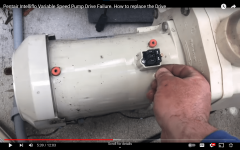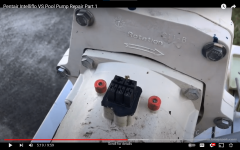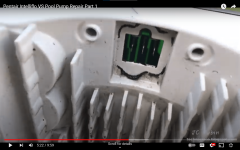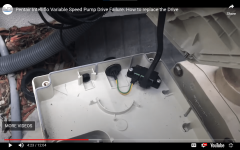I am having a similar issue to ones I have seen posted.
Pentair Intelliflo VS pump hitting Over Current error. It appears to hit this error when the pump tries to ramp up quickly to scheduled higher speed at startup after priming. I am able to slowly ramp the RPMs up in Service mode and the pump will continue to run without hitting error until I get around 3000 RPMs, then the error is tripped. It does not trip the error at the same RPM level, sporadic based on how fast increase the RPM increments. I checked voltage at L1 and L2, it stays steady between 245-249 volts during operations and when the error is hit.
Anyone know of other things to check to determine if I have a bad Motor vs bad Drive?
Pentair Intelliflo VS pump hitting Over Current error. It appears to hit this error when the pump tries to ramp up quickly to scheduled higher speed at startup after priming. I am able to slowly ramp the RPMs up in Service mode and the pump will continue to run without hitting error until I get around 3000 RPMs, then the error is tripped. It does not trip the error at the same RPM level, sporadic based on how fast increase the RPM increments. I checked voltage at L1 and L2, it stays steady between 245-249 volts during operations and when the error is hit.
Anyone know of other things to check to determine if I have a bad Motor vs bad Drive?






